-
Welcome to Tacoma World!
You are currently viewing as a guest! To get full-access, you need to register for a FREE account.
As a registered member, you’ll be able to:- Participate in all Tacoma discussion topics
- Communicate privately with other Tacoma owners from around the world
- Post your own photos in our Members Gallery
- Access all special features of the site
AdventureTaco - turbodb's build and adventures
Discussion in '1st Gen. Builds (1995-2004)' started by turbodb, Apr 4, 2017.
Page 158 of 281
Page 158 of 281


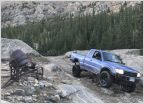 Winkle99 Build Thread
Winkle99 Build Thread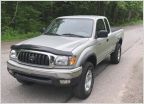 Problems? No.Just a reason to upgrade
Problems? No.Just a reason to upgrade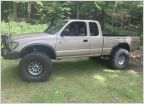 Ozark4Runner 2002 Toyota Tacoma Access Cab
Ozark4Runner 2002 Toyota Tacoma Access Cab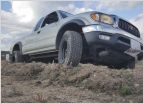 NeonTaco's build log
NeonTaco's build log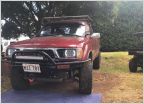 MAUIAUSTIN's High School Tacoma Build "Ava"
MAUIAUSTIN's High School Tacoma Build "Ava"






































